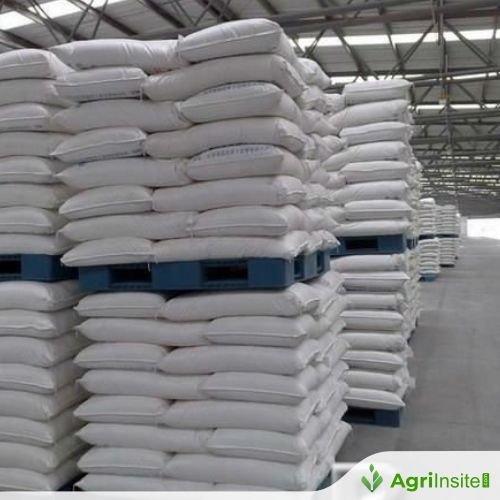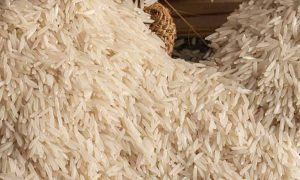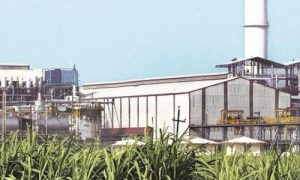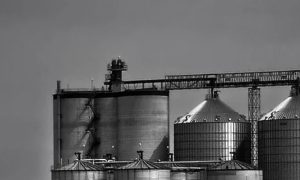Zimbabwe Sugar stocks exceed national demand: Producers

Sugar producers Hippo Valley Estates and Triangle have assured stable supplies in Zimbabwe, with 440,000 tonnes produced last season—well above the national demand of 320,000–360,000 tonnes. Stocks of 84,600 tonnes are available. Despite the removal of import bans, local producers struggle to compete with cheaper foreign sugar due to high input costs, labour, and logistical challenges.
SUGAR producers Hippo Valley Estates and Triangle have reassured Zimbabweans of stable sugar supplies, saying available stocks far exceed national demand.
In a joint Press statement yesterday, Tongaat Hulett Zimbabwe corporate and industrial affairs executive Dahlia Garwe said they produced over 440 000 tonnes of sugar in the last season, exceeding Zimbabwe’s estimated annual domestic demand of between 320 000 and 360 000 tonnes.
They claimed that 84 600 tonnes were in stock as the new season commenced, guaranteeing availability on the local market.
“This volume comfortably exceeds national requirements and ensures sufficient stocks to meet ongoing domestic demand,” the statement further read.
“Any surplus sugar is exported, and the two companies had 84 600 tonnes in stock as the new season commenced.”
Illegally imported refined sugar continues to filter into the domestic market despite the repeal by government of Statutory Instrument 80 of 2023, which came into effect on February 1, 2024.
Government had lifted the ban on sugar and other commodities in 2023.
This policy opened the market to foreign sugar brands, which disrupted local industry by undercutting prices and reducing market share for domestic producers.
Imported sugar remains cheaper due to subsidies provided by foreign governments to their producers.
In contrast, Zimbabwean producers face high production costs, making it difficult to compete without protective measures.
“We acknowledge that the cost of production in Zimbabwe is generally higher compared to regional markets,” the joint statement read.
“This disparity is attributed to various factors peculiar to our environment. These include the price of sugarcane, which is driven up by the prohibitive costs of essential agricultural inputs such as fertilisers, water, agrochemicals and electricity, as well as elevated labour costs and high borrowing charges.
“This is further compounded by logistical challenges.”
The joint statement comes amid concerns over possible shortages and price hikes.
To Read more about Sugar Industry continue reading Agriinsite.com
Source : News Day
















